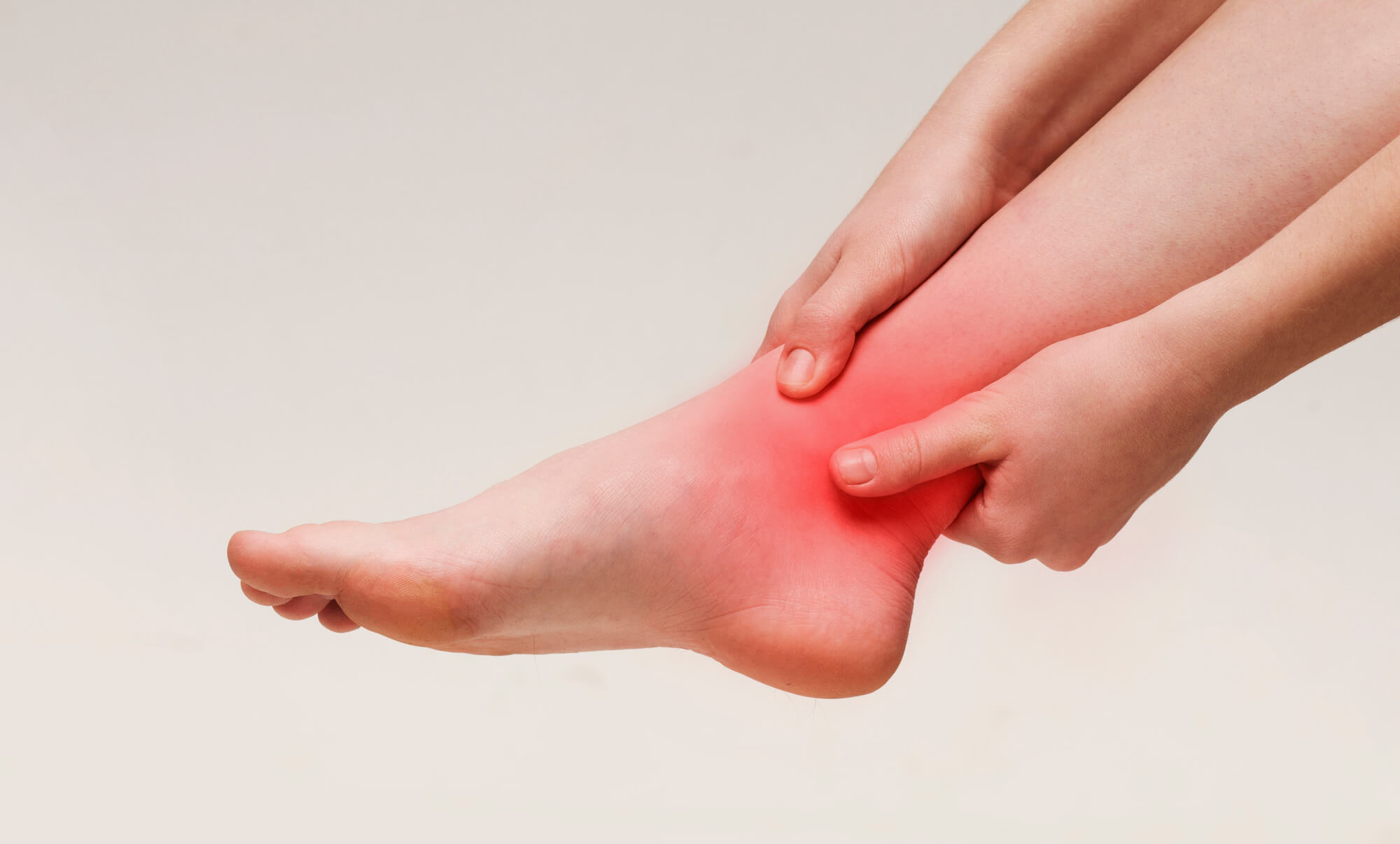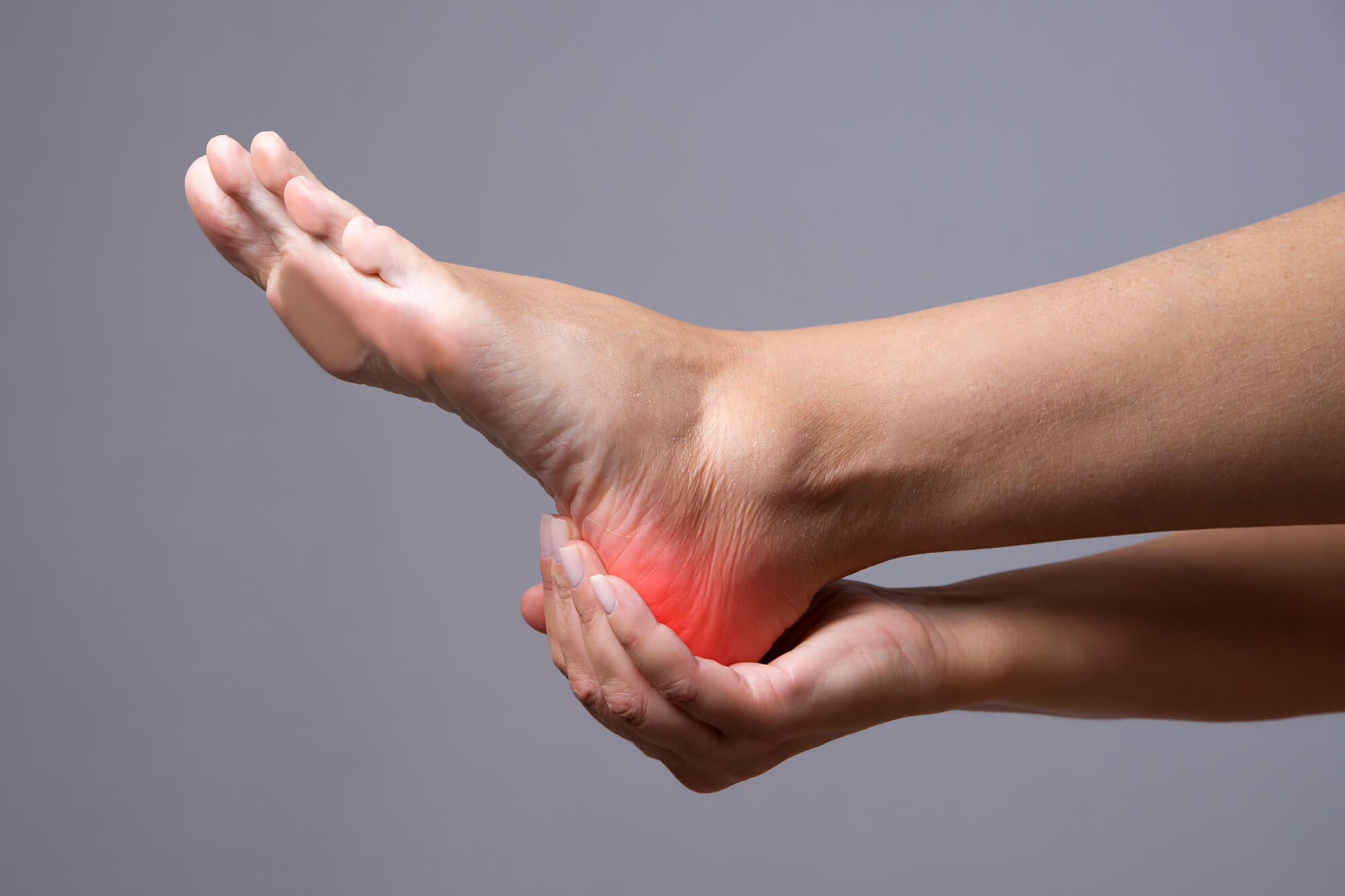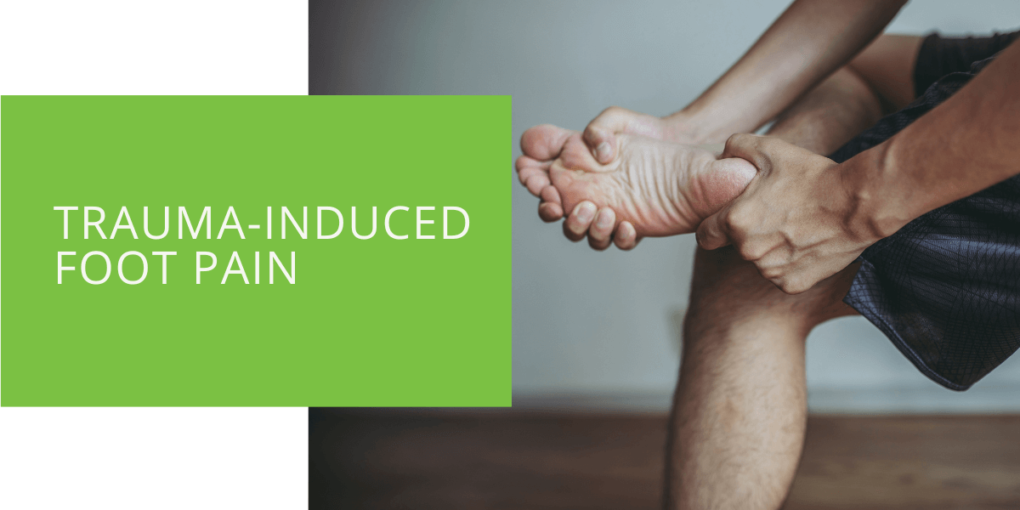Understanding and Coping with Trauma-Induced Foot Pain
Trauma-induced foot pain is a common condition that can occur due to an injury or accident. Various factors, including falls, car accidents, sports injuries, and more, can cause it. Foot pain can range from mild to severe and affect people of all ages. This article will explore the causes and symptoms of trauma-induced foot pain and the various treatment options available. We will also discuss ways to cope with this type of pain and provide resources for support and information.
What is Trauma-Induced Foot Pain?
Definition
Trauma-induced foot pain is any pain or discomfort caused by a traumatic injury to the foot or ankle. This type of pain can range from mild to severe and can be acute (short-term) or chronic (long-term). It is important to seek medical attention if you experience trauma-induced foot pain, as it may signify a more serious injury.
Causes
There are many different causes of trauma-induced foot pain. Some common causes include:
- Falls: A fall can cause trauma to the foot or ankle, leading to pain and discomfort. This is especially common in older adults, who may be more prone to falls due to decreased balance and coordination.
- Car accidents: Car accidents can result in trauma to the foot or ankle, especially if the person is not wearing proper footwear or if the impact is severe.
- Sports injuries: Playing sports can also lead to trauma-induced foot pain. This is especially common in contact sports, such as football or soccer, where the risk of injury is higher.
- Other types of accidents: Trauma-induced foot pain can also be caused by other accidents, such as slips and falls or accidents at work.

Symptoms of Trauma-Induced Foot Pain
Common Signs and Symptoms
The symptoms of trauma-induced foot pain will depend on the specific injury that has occurred. Some common signs and symptoms may include:
- Pain and discomfort: This is the most common symptom of trauma-induced foot pain. The pain may be mild or severe, and may be present when standing or walking.
- Swelling: Swelling is a common sign of trauma to the foot or ankle. This may be accompanied by redness and warmth to the touch.
- Bruising: Bruising is another common symptom of trauma to the foot or ankle. This may occur if there has been a blow to the area, or if there is a fracture or broken bone.
- Difficulty walking: If the injury is severe, it may be difficult to walk or put weight on the affected foot. This may be accompanied by a limp or unsteadiness when walking.
- Numbness or tingling: If there is nerve damage, you may experience numbness or tingling in the affected foot.
It is important to seek medical attention if you experience any of these symptoms after an injury to the foot or ankle. A podiatrist or other healthcare provider can assess your injury and provide appropriate treatment.

Diagnosing Trauma-Induced Foot Pain
Medical Evaluation
If you experience trauma-induced foot pain, it is important to seek medical attention as soon as possible. A podiatrist or other healthcare provider will perform a medical evaluation to determine the cause and severity of your injury. This may include a physical examination of the affected foot and a review of your medical history and any previous injuries you have sustained.
The healthcare provider will look for signs of swelling, bruising, and other abnormalities during the physical examination. They may also ask you to move your foot in certain ways to assess your range of motion and flexibility.
Imaging Tests
In some cases, imaging tests may be necessary to diagnose the cause of your trauma-induced foot pain. These tests can help to identify fractures, sprains, and other injuries that may not be visible during a physical examination. Some common imaging tests that may be used include:
- X-rays: X-rays use radiation to create images of your foot and ankle bones. They can be used to identify fractures, breaks, and other abnormalities.
- CT scans: CT scans use X-rays to create detailed images of the foot and ankle. They can be used to identify more complex injuries, such as fractures that are not visible on an X-ray.
- MRI: MRI uses a strong magnetic field and radio waves to create detailed images of your foot and ankle soft tissues. It can identify injuries to the tendons, ligaments, and muscles in this area.

Treating Trauma-Induced Foot Pain
Non-Surgical Treatment Options
Treatment for trauma-induced foot pain will depend on the specific injury that has occurred. In many cases, non-surgical treatment options are sufficient to manage the pain and promote healing. These may include:
- Rest: Rest is often the first step in treating trauma-induced foot pain. It is important to keep weight off of the affected foot as much as possible to allow the injury to heal.
- Ice: Applying ice to the affected foot can help to reduce swelling and inflammation. It is important to wrap the ice in a towel or cloth before applying it to your skin to prevent ice burns.
- Compression: Compressing the affected foot can also help to reduce swelling. This can be done with an elastic bandage or compression sock.
- Elevation: Elevating the affected foot above your heart level can also help reduce swelling. This can be done by placing pillows or blankets under your foot while sitting or lying down.
- Pain medication: Over-the-counter pain medication, such as acetaminophen or ibuprofen, can help to manage discomfort. It is important to follow the dosage instructions on the bottle and to speak with your healthcare provider before taking any medication.
- Physical therapy: Physical therapy can help to improve the range of motion and strength in the affected foot and ankle. A physical therapist can develop a customized treatment plan to help you recover from your injury.
Surgical Treatment Options
Surgical treatment may be necessary in some cases to treat trauma-induced foot pain. This is typically reserved for more severe injuries, such as fractures, that cannot be treated with non-surgical methods. The specific type of surgery will depend on the injury that has occurred.

Coping with Trauma-Induced Foot Pain
Managing Pain and Discomfort
Coping with trauma-induced foot pain can be challenging, especially if the pain is severe. Here are some tips for managing pain and discomfort:
- Use over-the-counter pain medication as directed by your healthcare provider.
- Apply ice to the affected foot to reduce swelling and inflammation.
- Elevate the affected foot above the level of your heart to reduce swelling.
- Wear comfortable, supportive shoes to help protect the injured foot.
- Avoid activities that strain the affected foot, such as running or jumping.
Maintaining Physical Function
Maintaining physical function as much as possible while recovering from a foot injury is important. This can help to prevent muscle atrophy and maintain your overall health and well-being. Here are some tips for maintaining physical function:
- Follow the treatment plan recommended by your healthcare provider. This may include physical therapy or other exercises to help improve range of motion and strength.
- Use assistive devices, such as crutches or a knee scooter, to help you move around if you cannot put weight on your affected foot.
- Take breaks and rest as needed, but keep active by performing low-impact activities, such as swimming or stationary biking.
Seeking Support and Resources
Coping with trauma-induced foot pain can be a challenging experience. It is important to seek support and resources to help you on your journey to recovery. Here are some options to consider:
- Talk to your healthcare provider: Your healthcare provider can offer support and guidance as you recover from your injury. They can answer your questions and address any concerns you may have.
- Join a support group: Joining a support group can provide a sense of community and allow you to connect with others who are also coping with foot pain.
- Find online resources: Many online resources are available to help you cope with trauma-induced foot pain. These may include blogs, forums, and social media groups.
Conclusion
Trauma-induced foot pain is a common condition that can occur due to an injury or accident. It is important to seek medical attention if you experience this type of pain, as it may signify a more serious injury. Treatment options include non-surgical methods, such as rest, ice, pain medication, and surgical methods for more severe injuries. Coping with trauma-induced foot pain can be challenging, but resources and support are available to help you on your journey to recovery.

